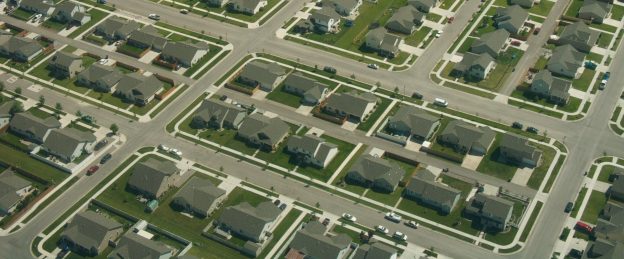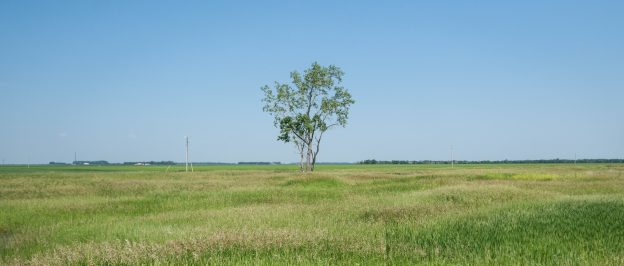By Vivienne Shirley, Senior Consultant
Land values slumped at the end of 2018 thanks to increasing build costs and economic uncertainty over Brexit, according to Knight Frank’s latest Residential Development Land Index.
The biggest decline was seen in prime central London, where land values fell a further 2.8%, taking the annual price decrease to 5.6% in 2018 – a drop of almost 20% since the market peaked in 2015. Brownfield land values also declined along with greenfield land value growth.
Patrick Gower, Associate at Knight Frank, suggested the hesitation of developers to purchase land is partly due to growing costs, noting: “Labour costs continue to edge up and the relatively weak pound has made imported building materials more costly for housebuilders.”
Hesitation and stagnation
The continuing economic uncertainty over Brexit is also weighing on home buyers and developers. In the resale market, the time taken from listing a home to sale agreed rose more than 30% since 2016 in the South East and London, as buyers bide their time. Sellers are also holding off in the weakened market, particularly in central London, with no sign the stagnation will end soon. At the same time, the greater risk of building in the current climate has prompted developers to increase their margins, suppressing land value prices.
David Fenton, UK Head of Regional Land at Knight Frank, commented: “Any business, be it manufacturing, housebuilding or professional services, needs clarity in order to inform their decision making process. Across the UK, businesses cannot plan for the short to medium term, therefore we have seen the housebuilders pricing in higher margins to address the unknown risks going forward.”
The hesitation felt by housebuilders is plain to see, with new build starts down 7% in the year to Q3 2018 in London, according to research by Centre for London. The number of approved planning applications declined for both major and minor schemes, which could see the slowdown in construction continue into the longer term.
Michael Hardware, Director of Planning and Property at Chelgate Local, noted: “The housing market continues to slow and shows no signs of abating while the Brexit chaos continues, with London particularly sensitive to the antics in Westminster.”
Who dares wins
However, for those developers with the appetite to take the plunge, there may be big profits to be had in the future by buying land now. In central London in particular, some major players have taken advantage of the weak sterling and drop in prices.
“The majority of central London developers are choosing to wait for greater economic certainty before purchasing land, however there have been notable exceptions in which investors have opted to buy while land values remain 17% below the 2015 peak, and sterling continues to trade at a discount relative to its value before the 2016 referendum,” Gower explained.
To misquote Spiderman, with great uncertainty comes great opportunity. Only time will tell if the gamble pays off – in the meantime, all we can do is urge politicians to get their act together and avoid a Brexit apocalypse.





